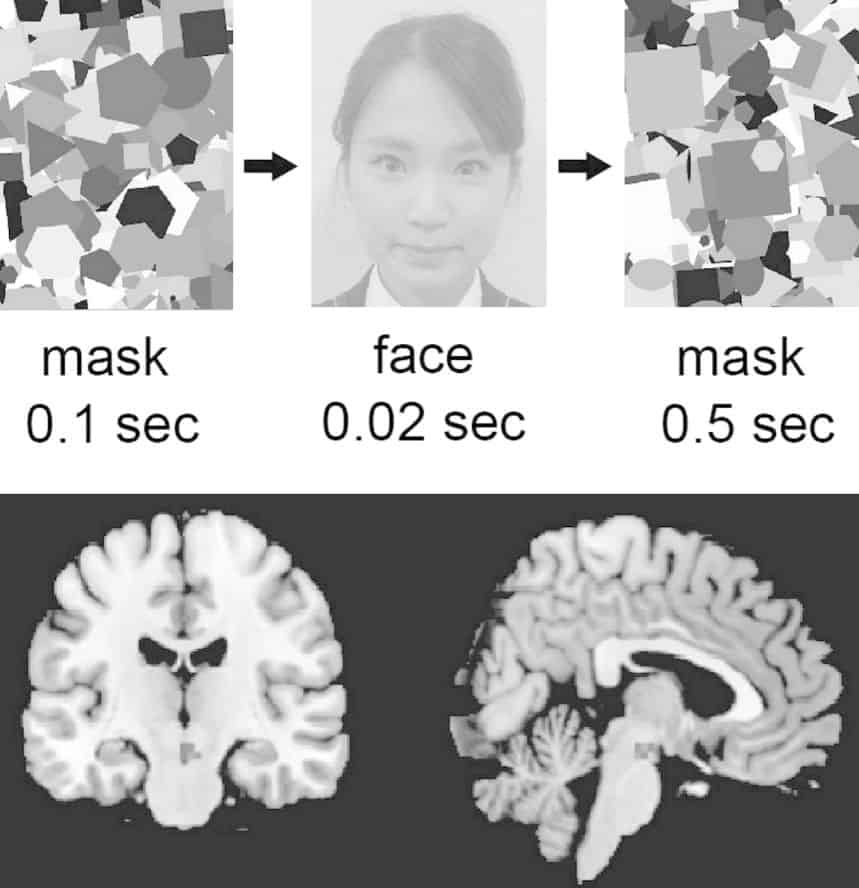Seeing our own face in a mirror or selfie culture triggers feelings of pleasure, say scientists.
Japanese researchers found that seeing our own faces – even subconsciously – can activate reward pathways in the brain.
They have uncovered a new understanding of how our brain enables us to distinguish our own face from those of others, even when the information is presented subliminally.
The research team from Osaka University have shown that a central element of the dopamine reward pathway in the brain was activated when study participants were subliminally shown images of their face.
- Does This Mean We Stopped Being Animal and Started Being Human Due to ‘Copy Paste’ Errors?
- The One Lifestyle Choice That Could Reduce Your Heart Disease Risk By More Than 22%
- Aging: This Is What Happens Inside Your Body Right After Exercise
- Immune-Boosting Drink that Mimics Fasting to Reduce Fat – Scientists ‘Were Surprised’ By New Findings
- Gun Violence in America: What They Don’t Talk About at the Debate
They say their findings, published in the journal Cerebral Cortex, provide new clues regarding the underlying processes of the brain involved in self-facial recognition.
Study lead author Dr Chisa Ota said:
We are better at recognizing our own faces compared to the faces of others, even when the information is delivered subliminally.
However, little is known about whether this advantage involves the same brain or different areas that are activated by supraliminal presentation of our face.
Dr. Ota explained that when we are exposed to a subliminal image of our face – meaning we are not fully aware of it – many brain regions are activated as well as those that process face information.
She said our brain responds differently to ‘supraliminal’ – conscious – and ‘subliminal’ – subconscious – images of our face compared to faces of others.
However, whether we use the same or different neural networks to process subliminal versus supraliminal faces had not previously been established, something the Osaka University researchers aimed to address.
They used MRI scanning to examine the differences between brain activity elicited by subliminally presented images of the faces of participants and faces of others. They also examined brain activation produced by subliminally presented images of faces with modified features.
Study senior author Professor Tamami Nakano said:
The results provided us with new insights regarding the neural mechanisms of the self-face advantage.
We found that activation in the ventral tegmental area, which is a central component of the dopamine reward pathway, was stronger for subliminal presentations of the participant’s face compared with faces of others.
Instead, she said subliminal presentation of the faces of others induced activation in the amygdala of the brain, which is known to respond to unfamiliar information.
- Does This Mean We Stopped Being Animal and Started Being Human Due to ‘Copy Paste’ Errors?
- The One Lifestyle Choice That Could Reduce Your Heart Disease Risk By More Than 22%
- Aging: This Is What Happens Inside Your Body Right After Exercise
- Immune-Boosting Drink that Mimics Fasting to Reduce Fat – Scientists ‘Were Surprised’ By New Findings
- Gun Violence in America: What They Don’t Talk About at the Debate

Prof Nakano said:
This difference in brain responses to the face of the participant or those of others was consistent even when the faces were modified, as long as the shapes of the facial features were retained.
She added:
Our findings indicate that the dopamine reward pathway is involved in enhanced processing of one’s own face even when the information is subliminal.
Furthermore, discrimination of one’s own face from those of others appear to rely on the information of facial parts.
